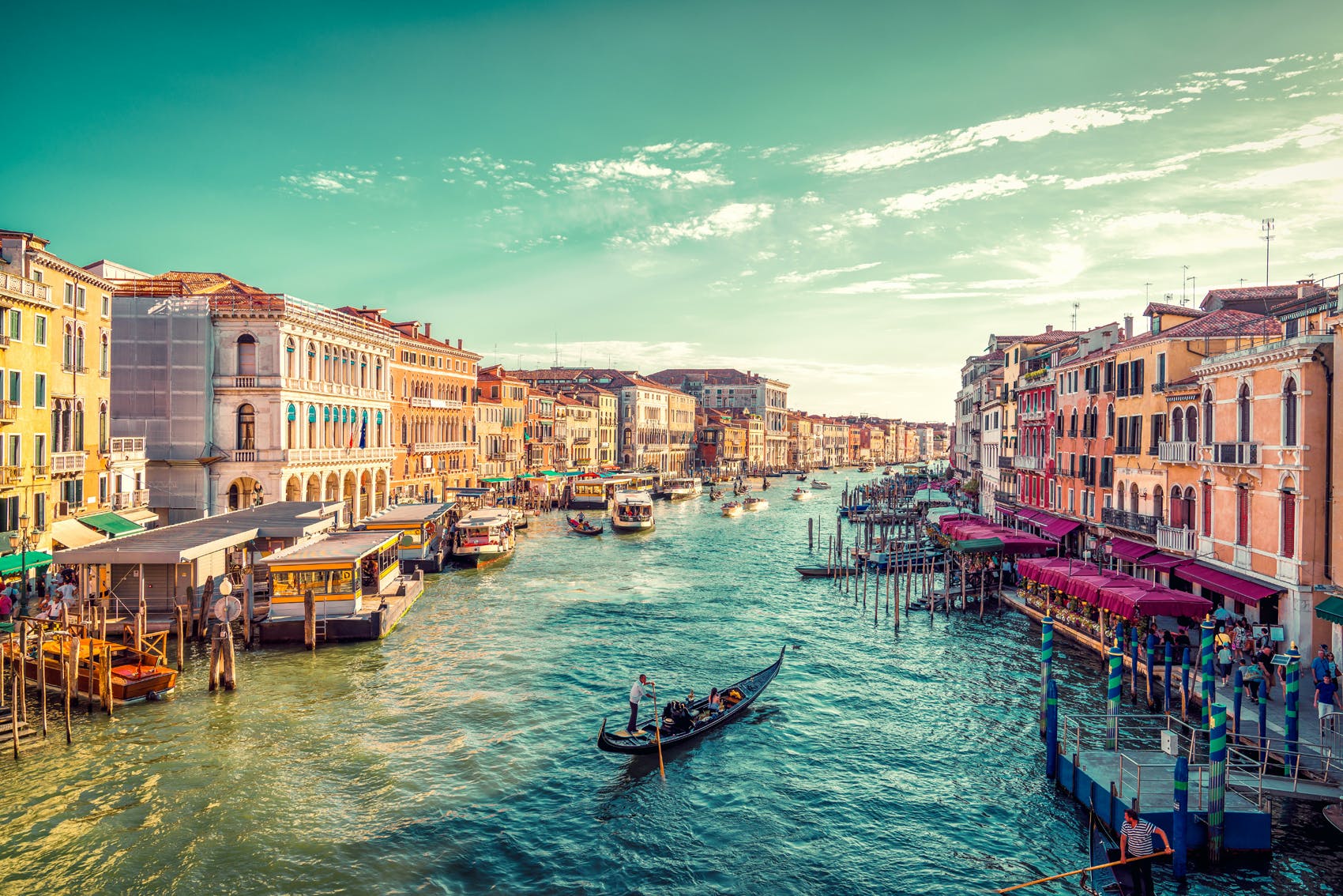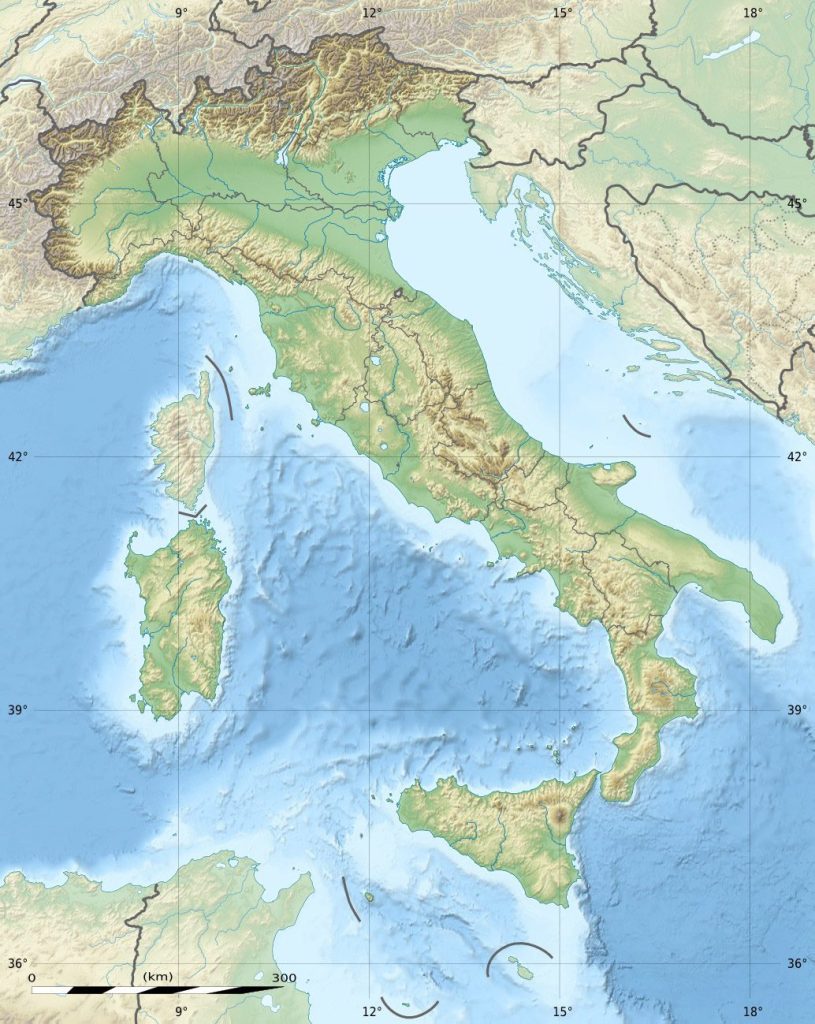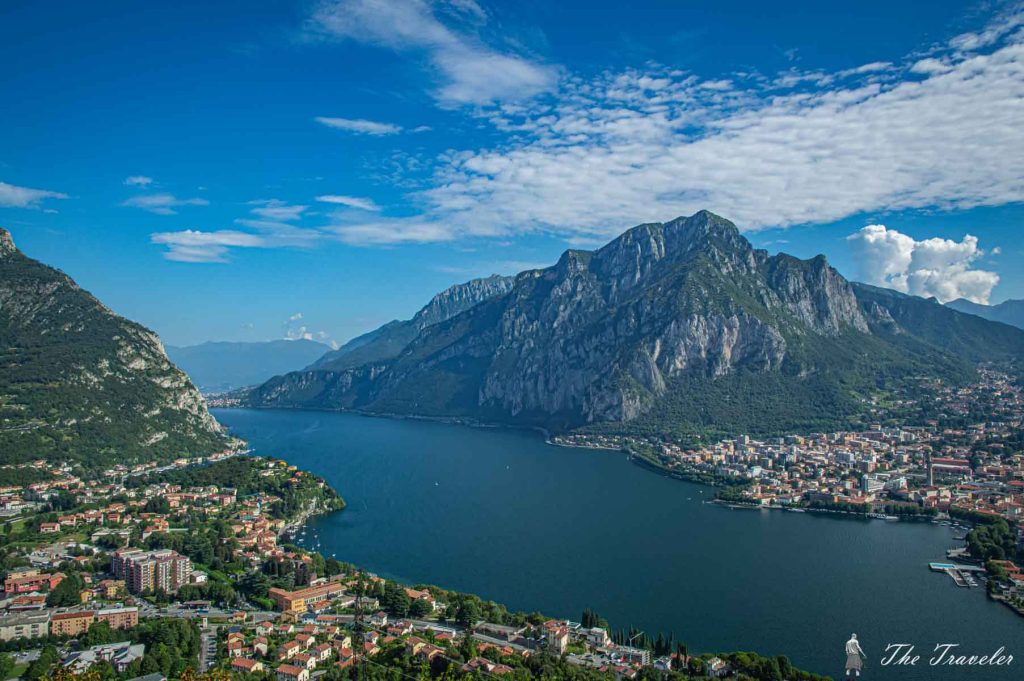Flying a Helicopter in Italy

Italy is flyable if you plan for CTR size, parks bans, and patchy avgas.
Updated 2025
Italy is notorious for its unfriendly VFR airspace and general aviation. Most CTRs are unnecessarily large and often extend over many hundreds of miles and many are active from the surface. You can of course ask for a clearance but certain CTRs don’t allow any VFR traffic such as Linate.
Individual EU country rules are based on EASA’s Rules of the Air for flying in Europe so it is important to understand these basics.

Bureaucracy for landing on “uncertified” helipads is appalling, in fact so bad that there are apps developed solely to handle helicopter landing notifications to the authorities (e.g. elisuperfici.it). This makes multi-stop trips very hard to organise, as we recently discovered. Any changes due to weather etc become unmanageably complicated, with the benefit to the authorities of all the paperwork infinitesimally small.
1. Regulatory Overview
1.1 EASA Compliance
Italy adheres to the EASA Rules of the Air (SERA) without significant deviation, but enforcement on the ground can feel more rigid than in some neighbouring countries. Pilots unfamiliar with the European regulatory baseline may wish to consult the Helipaddy EASA guide before reviewing country-specific nuances.
1.2 VFR Flight Plans
While flight plans are not mandated for all VFR domestic flights, they are required when crossing borders. In practice, many pilots file flight plans within Italy anyway, especially when operating across multiple FIRs or near controlled airspace. Given the unpredictable nature of Italian ATC and the extent of its TMAs, filing is often prudent.
1.3 Off-Airfield Landings
Off-airfield landings are permitted with the landowner’s consent. However, this only satisfies part of the regulatory requirement. In Italy, landings on uncertified helipads (or any site not formally registered with ENAC) must be pre-notified to the local municipality. This process is designed to support public order and safety but is often cumbersome—especially for dynamic or weather-dependent itineraries.
1.4 Aircraft Documents & Insurance
Pilots should carry full documentation onboard, including proof of insurance covering off-airfield landings. ENAC may conduct spot checks, and landowners (especially hotels) may request to see documents for liability assurance.
2. Controlled Airspace & ATC

Italy’s airspace is notorious among VFR pilots for its oversized CTRs and complex TMAs. Milan and Rome each host class A TMAs, and there are over 20 TMA sectors nationally. Many CTRs are active from the surface and cannot be entered VFR without a clearance—some, like Linate, refuse VFR outright. Expect dense coordination zones even far from major cities.
In mountainous areas—particularly the Alps and the central Apennines—radio contact with ATC may be unreliable. Filing a flight plan, sticking to known routes, and planning conservative terrain clearances can help maintain safety and minimise surprises.
3. Landing Sites
3.1 Certified Sites and Helipads
Italy maintains a national registry of certified helipads (elisuperfici), available via ENAC. These sites are typically marked with permanent infrastructure such as windsocks and lighting and may carry an official identifier. While many are reserved for emergency services (e.g., labelled “118”), some accept private traffic with prior coordination. Platforms like Helipaddy and the ENAC registry can help confirm certification status. Certified sites are required for any commercial or AOC operations.
3.2 Municipal Notification
Municipal notification is mandatory for landings at uncertified sites. This process varies by region, and some municipalities may require several days’ notice. Helipaddy simplifies and automates this notification process—live since Q3 2024—making it feasible for visiting pilots to remain compliant even on multi-leg itineraries.
3.3 Ares 118 Regulations
Ares 118 defines the planning, safety, environmental, and operational standards for heliports and helipads in Italy. While aimed at infrastructure developers, the regulation governs many aspects of ongoing site use. Noise abatement and emergency readiness are key areas of focus. Pilots should be aware that these standards can affect access, especially in residential areas.
4. Fuel Availability
AVGAS availability in Italy is inconsistent. Major airfields may stock it, but smaller aviosuperfici often do not. Some smaller airstrips offer fuel but lack ICAO codes or AIP listings. Paper VFR charts are updated annually, but their accuracy is unreliable—most pilots use Helipaddy (with fuel filter), SkyDemon, ForeFlight, or Avioportolano for real-time planning.
5. Terrain and Airspace Considerations

Italy’s varied topography poses both opportunity and challenge. In the north, flying below 1500 ft AGL is common due to controlled airspace layers. Radio shadow and visual obstruction in the Dolomites or central ranges mean good planning is critical. Many nature reserves and national parks are governed by Natura 2000 restrictions—altitude minimums and overflight bans are not always well-marked but are enforced.
5.1 Night VFR Restrictions
Italy imposes stricter limits than EASA on night flying. VFR night operations are generally prohibited for private helicopter flights unless explicitly authorised by ENAC. Only emergency, HEMS, or public transport operations can routinely fly VFR at night.
Even with a night rating, private pilots will find that few helipads or small airfields are approved or equipped for night operations. Most aviosuperfici close at sunset, and the majority of 118-designated helipads are not open for non-emergency use.
Pilots should assume that night VFR is not an option in Italy unless operating under specific approval with certified infrastructure and lighting.
6. Where to Fly: Scenic Areas

- Amalfi Coast – dramatic coastal cliffs, pastel-coloured towns, and tight terrain
- Tuscany – rolling vineyards, walled cities, and photogenic farmland
- Sicily – from Greek ruins to the fiery peak of Mount Etna
- Lake Como – turquoise waters surrounded by steep slopes and grand villas
- Dolomites – jagged limestone peaks, alpine meadows, and unforgettable vistas
Helipaddy Premium users can browse vetted hotels and restaurants in these regions, many of which offer private landing areas.
7. Useful Links and Tools
- Helipaddy Premium – access to private sites and automated notifications
- Italian Aerotouring Guide – local airfields, charts, and commentary
- Aviosuperfici list (ENAC) – registry of small airstrips
- Aeroclub d’Italia – clearance forms and contacts



great review , thank you for sharing.
Looking for a Helibase in Como region to keep my chopper and also offer online to VIP transfers
Hi there. I would like to offer a plot of land for landing in the Tuscan mountains which I feel is much needed. The field / plateau is at the top of a cliff near Bagni di Lucca (voted by the Dauly Mail to be one of the best 17 villages in Italy last month)
It is near the ski resort of Abetone and is great for Canyon Park – an adventure area of the valley including canoeing etc.
Could you tell me how I go about registering the helipad with you when it is done? I’m investigating any planning regulations etc as we speak. I have been advised that so long as I allow fire / emergency helicopters to land it should hopefully be seen as a valuable resource and not as a nuisance when’re planning is concerned but time will tell!
Many thanks in advance for any advice
Did you manage to get approval? Landings at altitude may be regulated such that private landings are not permitted.
Can you take a helicopter from london to lake como?
People fly around the world so, of course.